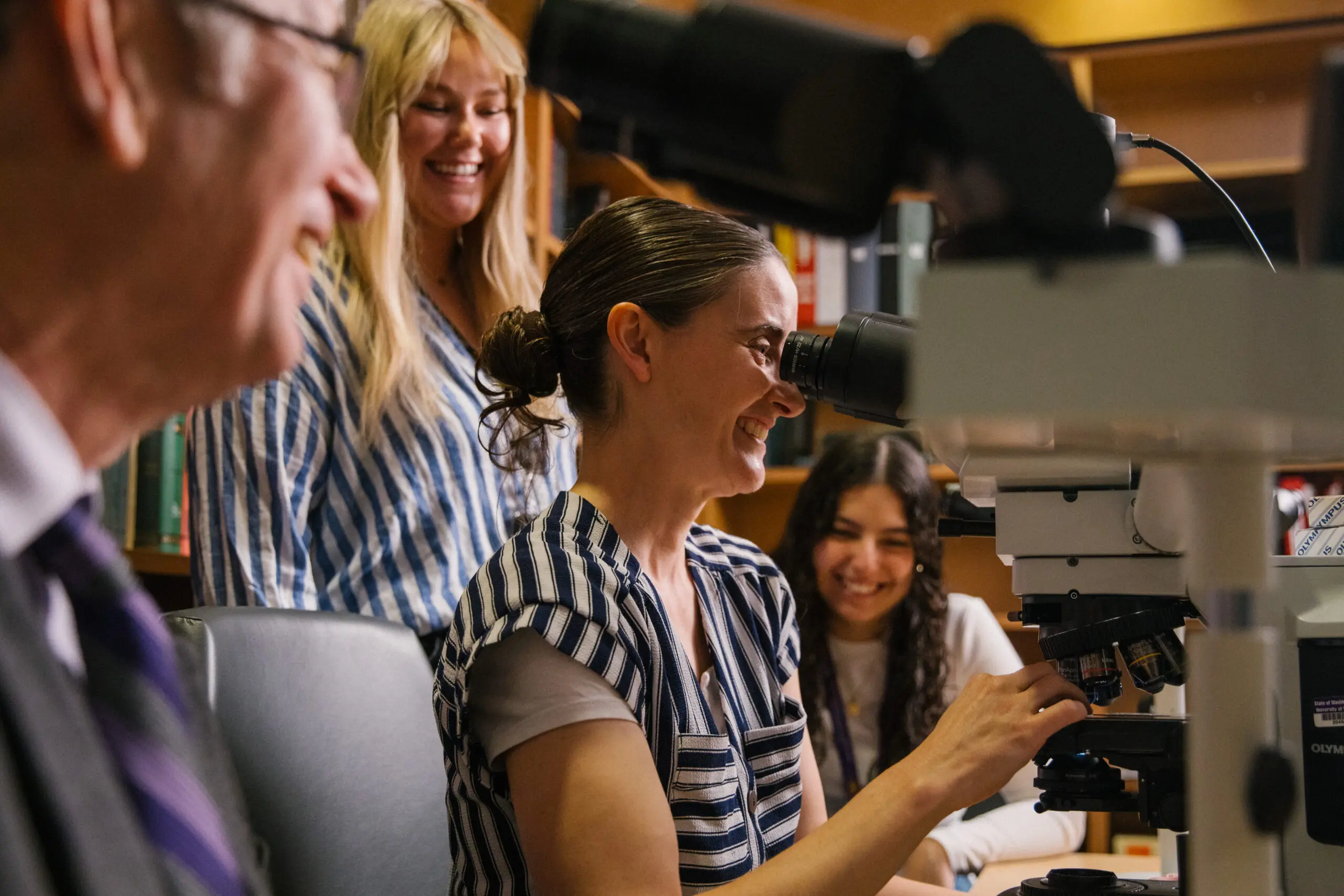In the U.S., patients who need a liver transplant face harsh odds — they often wait for months or years for a life-saving transplant, and, sadly, one in five patients die while waiting for a liver transplant. The fact is that with around 12,000 people on the U.S. liver transplant waiting list, there just aren’t enough donated livers from deceased donors.
But, what if the more than 90 patients served by UW Medicine teams awaiting liver transplant right now didn’t have to wait for a death to receive a new liver? What if family, friends or even a stranger could become a living donor and give part of their healthy liver?
Well, that’s exactly what the liver transplant team at UW Medical Center makes possible with a procedure called the Living Donor Liver Transplant, which can be performed in both adults and children. The UW Medicine team is the only group in the Pacific Northwest performing liver transplants in this innovative way.
In living donor liver transplant surgery, a portion of liver is safely resected from a healthy living donor and transplanted into the patient after the diseased liver has been removed. A remarkable organ, the liver regrows quickly in both the donor and recipient after the surgery.
“About 50% of liver donors feel completely normal and fully recovered at six weeks and almost all donors feel fully recovered at three months after surgery,” explains Mark Sturdevant, MD, surgical director of the UW Medicine Living Donor Liver Transplant Program.
But finding a living donor may seem like a daunting challenge for patients managing their own liver illness. Patients may feel uncomfortable discussing their liver disease and may not know how to ask someone to consider living liver donation. Because of these obstacles, patients need an informed, enthusiastic “donor champion” — a person to help them raise awareness about their need for liver transplant, with the goal of helping to find a living liver donor.
To meet this need, UW Medicine launched a pilot project to develop an advocacy program for liver donor champions. The Living Donor Advocacy Initiative was made possible thanks to a generous philanthropic donation, as part of a series of new Patients Are First Innovation Pilots (PAFIP) at UW Medicine.
“Simply put, this program saves lives. I am thrilled to be able to support this kind of patient-centered innovation,” says Lisa Brandenburg, president, UW Medicine Hospitals and Clinics, and leader of the PAFIP program.
“Patients with donor champions are five to six times more likely to have someone come forward for evaluation as a living donor, compared to patients who do not have donor champions,” says Kiran Bambha, MD, M.Sc., associate professor of medicine at the UW School of Medicine and medical director of the UW Medicine Living Donor Liver Transplant Program. “The time until first live donor referral is considerably shorter for patients who have donor champions.”
The program will create a curriculum to train champions on how to educate others about liver disease, liver transplantation and living liver donation, and spread the word about their loved one’s need for a life-saving liver transplant. Training will include an online workshop, on-demand resources and a comprehensive toolkit for both the liver patient and donor champion.
“When we first discuss the option of living donor liver transplant surgery with liver patients, a common response we hear from patients and loved ones is ‘I don’t know anyone who can donate,’ but we’ve found that taking the time to educate patients and families about the benefits and who can be a donor is really critical to helping foster deeper understanding and dispel misconceptions,” says Bambha.
Liver donors can even be anonymous strangers, or what’s called “non-directed living donors.” “It’s remarkable that, even in the midst of the COVID-19 pandemic, a number of non-directed liver donors have come forward to be evaluated at our program,” says Bambha. “In fact, two of our eight living donor liver transplants performed during the pandemic came from non-directed living donors. It’s very inspiring and humbling.”
More often, donors are friends or family of the patients waiting for a liver transplant. Take, for example, the incredible transplant that occurred in December 2020, when Kris Anderson, 51, of Redmond, received a lobe of liver from her daughter Lauren, 26. It was the Pacific Northwest’s first living-donor liver transplant for unresectable liver-only metastatic colorectal cancer.
“This holiday season has been so different than I imagined when we learned that my chemotherapy had stopped working this summer,” Kris says. “We thought I might have six to 12 months to live. To find out right before Thanksgiving that I was approved for transplant was powerful. I realized I’d have more time to make memories, like teaching my kids how to cook a turkey dinner.”
Watch the Andersons’ story and read more about the ground-breaking surgery.
“With the Living Donor Advocacy Initiative, our goal is to make patients and donor champions aware that there’s a network of people out there who may be ready and willing to be a living liver donor,” says Bambha. “They just need to spread the word. Our program aims to provide the education and tools that patients and champions need to reach out to, and expand, their networks of influence.”
Written by Erin M. Schadt

